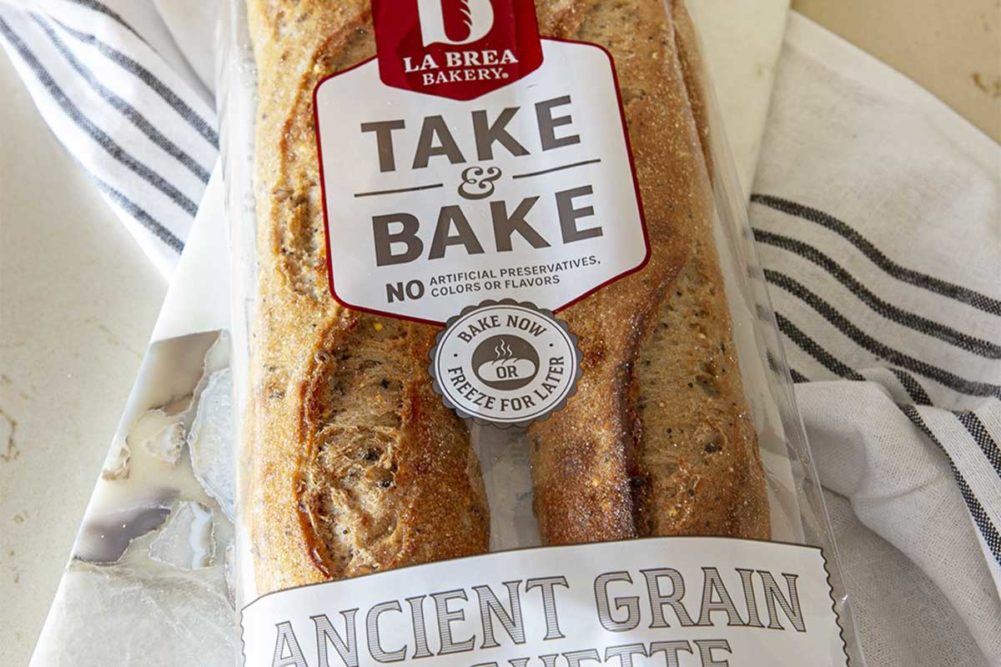Artisan bakers take inspiration from the local grains and other foods grown in their areas to create breads and other distinctive baked foods.
“If you’re supporting the existing artisan bakeries, you’re trying to keep up with the times,” said Peter Reinhart, a James Beard award-winning baker who is an instructor at Johnson & Wales University. “They’ve all moved into working with local millers, local farmers and ancient grains if they can get them.”
Guy Frenkel, founder of Ceor bakery in Los Angeles, who is known for pushing the envelope with his award-winning breads, said a theme of his bakery is anything might go. Not everything will work, but he wants to be open to new ingredients that he can explore. And that includes the local produce in his area.
“If there’s a farmer who is growing something around me and brings it to the farmers market, I’m interested,” he said. “I would like to be part of that conversation because that’s what creates local cuisine, the farmers and what they’re growing. It’s less about me seeking specific ingredients and more about me enjoying all the fruits of their labors. In my farmers market I’m lucky that many of the farmers are very interested in esoteric produce.”
The wide variety of flours available today provides bakers with plenty of new items to explore.
“We have a giant wall with containers of every grain that you can get in North America and some that you can’t even get in North America,” Mr. Frenkel said. “It’s about 30 different grains. Most of them are sprouted because we sprouted them and dried them up again. If I want to make a bread, for example, with carrot juice, ginger and einkorn, I can do that.”
Because artisan bread consumers are becoming more savvy, they’re looking for foods that are packed with nutrition, and ancient grains fit that bill.
“There’s a perception that they haven’t been tampered with,” said Jon Davis, culinary innovation leader and vice president of R&D at Aspire Bakeries. “There’s a perception that modern wheat has been bred for volume, which is not necessarily untrue. They’re not genetically modified, but they’re crossbred. Ancient grains remain true to their past. I think people like that nutritional aspect and the story going back to some of the oldest grains that have been cultivated for hundreds of years.”
Oats are resonating with Mr. Davis right now, and he’s seeing new techniques for using grains, such as making a porridge from oats before they’re added into breads.
“Essentially they’re cooking grains and flour in some cases prior to mixing them into the bread for a variety of reasons, for hydration, and there are certain characteristics those cooked grains bring to the breads which I find very interesting,” Mr. Davis said.
Another example of this is Japanese milk bread, which is prepared in an unconventional way.
“It’s almost like you make a roux, so you cook part of the flour and you use that in the bread. It creates this very soft, brioche feathery light texture,” Mr. Davis said. “People are applying these to artisan bread nowadays, and that’s something we want to explore as well.”
This article is an excerpt from the March 2023 issue of Baking & Snack. To read the entire feature on Artisan Bread, click here.





